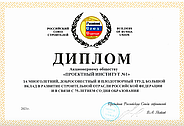- Home /
- Voldemar Pavilainen
Voldemar Pavilainen
Engineer, Head of the Calculations Department, 1961-1980.
Doctor of Science in Physics and Mathematics, Associate Professor, Department of the Theory of Elasticity, College of Mathematics and Mechanics at St. Petersburg State University. He was employed at Project Development Institute No. 1 from 1961 to 1980, first as Engineer, then as Chief Specialist, and Head of the Department of Calculations. Dr. Pavilainen is the laureate of the Prize of the USSR Council of Ministers and the State Prize.
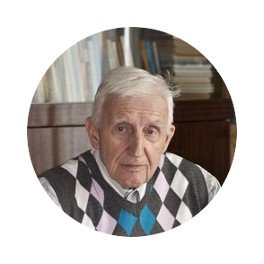
In the First Person:
I was conscripted for active duty into the army at the end of 1944, when the war was still raging on. After demobilization, I graduated from the Department of the Theory of Elasticity at the College of Mathematics and Mechanics of Leningrad University. Then I earned my Doctorate there, and was hired as junior researcher. Young engineers from Project Development Institute No. 1 would often come to us for consultations. They were mostly consulted by my mentor, Academician Valentin Valentinovich Novozhilov of cherished memory. He tried his best to find the right words to make himself understandable at their level, but when he saw that they still couldn’t understand something, he would repeat it again. He’d say: here’s my protege, he’ll work with you; if he gets stuck somewhere, then I’ll come to the rescue.
Seriously speaking, though, they were just starting their work on so-called reinforced shells, and they needed a consultant. This is how I wound up at Project Development Institute No. 1, first as an ordinary engineer. Then I got promoted to Chief Engineer and ended up being the Institute’s Chief Specialist and Head of the Department of Calculations. In the 1960s, when I first arrived, we were designing shells for large industrial buildings, with large spans and a high loading capacity; they were different from regular shells because they had a widely-spread grid of columns, allowing us to place more equipment inside more conveniently because the posts were not in the way. I received the State Prize for designing large-span shells for industrial buildings with a widely-spread grid of columns.
We also designed the roof for Bus Park No. 5 in Avtovo and the elliptical roof of the experimental pool at Academician Krylov Central Research Institute, a very large dome. When I arrived, the Project Development Institute was already working on that dome. I looked at the design and said: we need to change the arch camber, or the dome will be too flat, and it might be dangerous. The initial arch camber was 9 meters, and we changed it to 12. Thank God, it’s still there and in good shape. I received the Prize of the USSR Council of Ministers for this dome.
I spent some twenty years working at the Project Development Institute. I remember the great atmosphere in the team; we had no arguments or problems whatsoever. They were quite selective when choosing their staff; the initial training requirements were quite stringent. This is why, at least at the facilities that I worked on, there was not a single accident. In Avtovo, I would go up onto these arches myself to look at the seams; they were made with reinforcement, and each seam had to be rolled over with concrete to prevent the reinforcement grid from rusting. In 1981, I left the Project Development Institute and returned to the College of Mathematics and Mechanics, and, I must admit, we graduated a generation of very competent engineers. I also worked at the Leningrad Institute of Construction Engineering, reading a course in shells. Then, all hell broke loose all over the country. If the Project Development Institute is recreated, I will welcome this development.
News
Institute projects
-
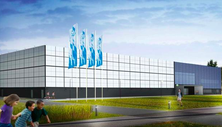
SPORT AND RECREATION CENTRE, MAYSKYI, BELGOROD AREA, RUSSIAN FEDERATION
-
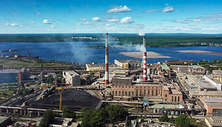
KONDOPOGA PULP&PAPER MILL, KARELIA REGION, RUSSIAN FEDERATION
-
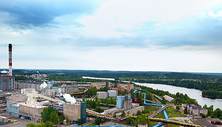
SVYATOGORSK PULP&PAPER MILL, LENINGRAD REGION, RUSSIAN FEDERATION
-
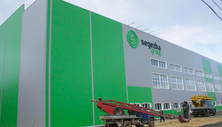
SEGEZHA PULP&PAPER MILL, KARELIA REGION, RUSSIAN FEDERATION
-
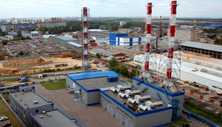
OLGINO HEAT&POWER PLANT, BALASHIKHA, MOSCOW REGION, RUSSIAN FEDERATION
-
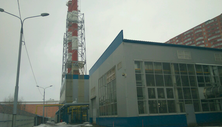
KRASNOSELSKAYA NO.6 BOILER HOUSE, TORIKI AREA, ST.PETERSBURG
-

SEA RESIDENCE OFFICE COMPLEX, ST.PETERSURG
-
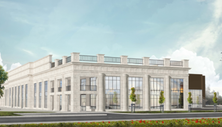
MULTIPURPOSE CENTRE WITH SKATING AREA, ASTRAKHAN, RUSSIAN FEDERATION
-
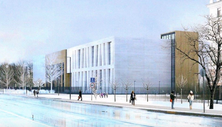
SECONDARY SCHOOL AT KRESTOVSKY ISLAND, ST. PETERSBURG
-
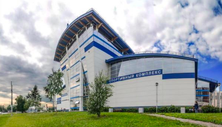
SPORT AND RECREATION CENTER AT TIKHVIN, LENINGRAD REGION, RUSSIAN FEDERATION
-
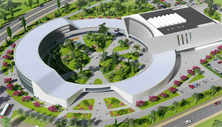
INTERNATIONAL CENTRE OF RHYTHMIC GYMNASTICS, SOCHI, RUSSIAN FEDERATION
-
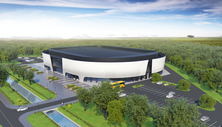
ICE PALACE, TULA CITY, RUSSIAN FEDERATION
-
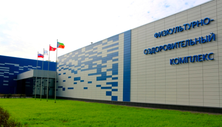
SPORT AND RECREATION CENTRE AT KLINTSY, BRYANSK AREA, RUSSIAN FEDERATION
-
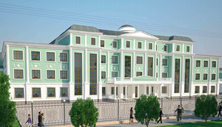
SECONDARY SCHOOL WITH SPORT FACILITIES AT BISHKEK, REPUBLIC OF KYRGYZSTAN
-
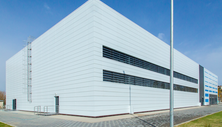
SPORT AND RECREATION CENTRE AT KYZYL-KIYA, REPUBLIC OF KYRGYZSTAN
-
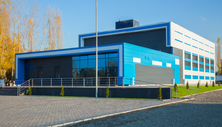
SPORT AND RECREATION CENTRE AT OSH, REPUBLIC OF KYRGYZSTAN
-
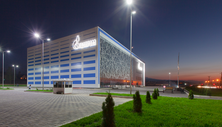
SPORT AND RECREATION CENTRE AT BISHKEK, REPUBLIC OF KYRGYZSTAN
-
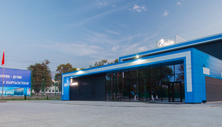
SPORT AND RECREATION CENTRE AT ARASHAN, CHUYSKAYA AREA, REPUBLIC OF KYRGYZSTAN
-
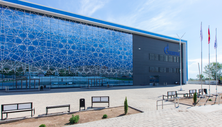
SPORT AND RECREATION CENTRE AT BAKTUU-DOLONOTU, ISSYK-KUL AREA, REPUBLIC OF KYRGYZSTAN
-
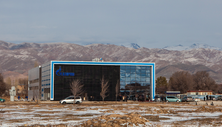
SPORT AND RECREATION CENTRE AT TALAS, REPUBLIC OF KYRGYZSTAN
-
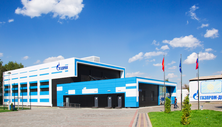
SPORT AND RECREATION CENTRE AT KARA-SUU, OSH AREA, REPUBLIC OF KYRGYZSTAN
-
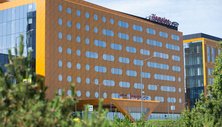
Hampton by Hilton Saint-Petersburg ExpoForum Hotel
-
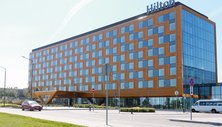
Hilton Saint-Petersburg ExpoForum Hotel
-
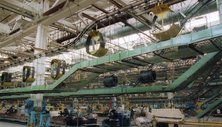
Belshina Belorussian industrial tire complex
-
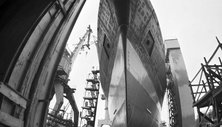
Nikolaev shipbuilding plant
-
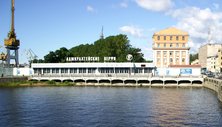
Admiralty plant
-
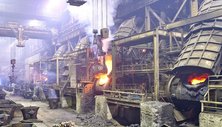
Norilsk mining-and-metallurgical integrated works
-
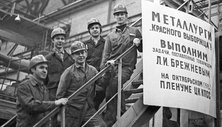
Krasny Vyborjets plant
-

Arkhangelsk self-contained paper mill
-
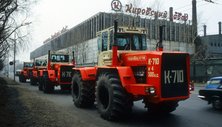
Kirov Plant
-
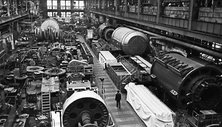
Electrosila
-
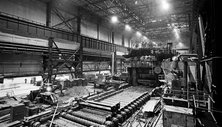
Izhorsky plant
-
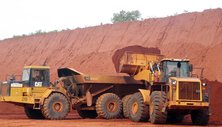
Katoka mining society
-
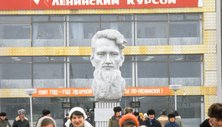
Atommash
-
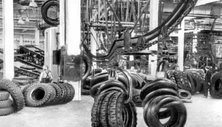
Dnepropetrovsk tyre plant
-
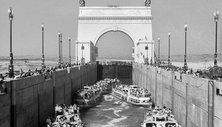
Sluices of the Volga-Don channel
-
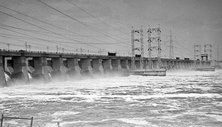
Volzhskaya hydroelectric power station
-
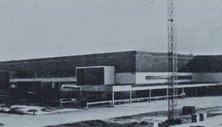
Shipyard in Loksa City, Estonia
-
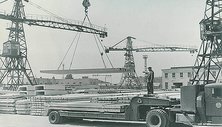
Leningrad reinforced-concrete plant No. 5
-
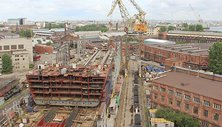
Baltic plant, Leningrad
-
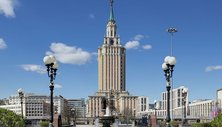
Leningradskaya Hotel
-
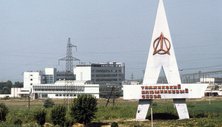
Tajik aluminum plant
-
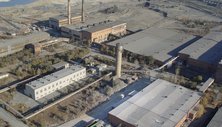
Gai ore mining and processing industrial complex
-
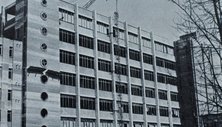
Labor banner plant named after Lepse
-
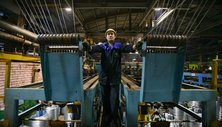
Cherepovets steel-rolling works
-
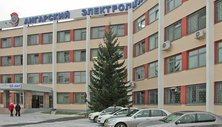
Angarsk electrolysis chemical industrial complex
-
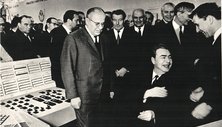
Vibrator plant
-
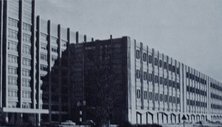
Neva furniture industrial complex
-
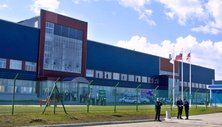
Ford auto-assembly plant
-
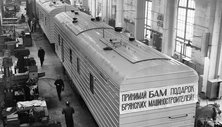
Bryansk machine-engineering plant
-
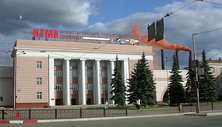
Nizhnetagilsky metallurgical industrial complex

